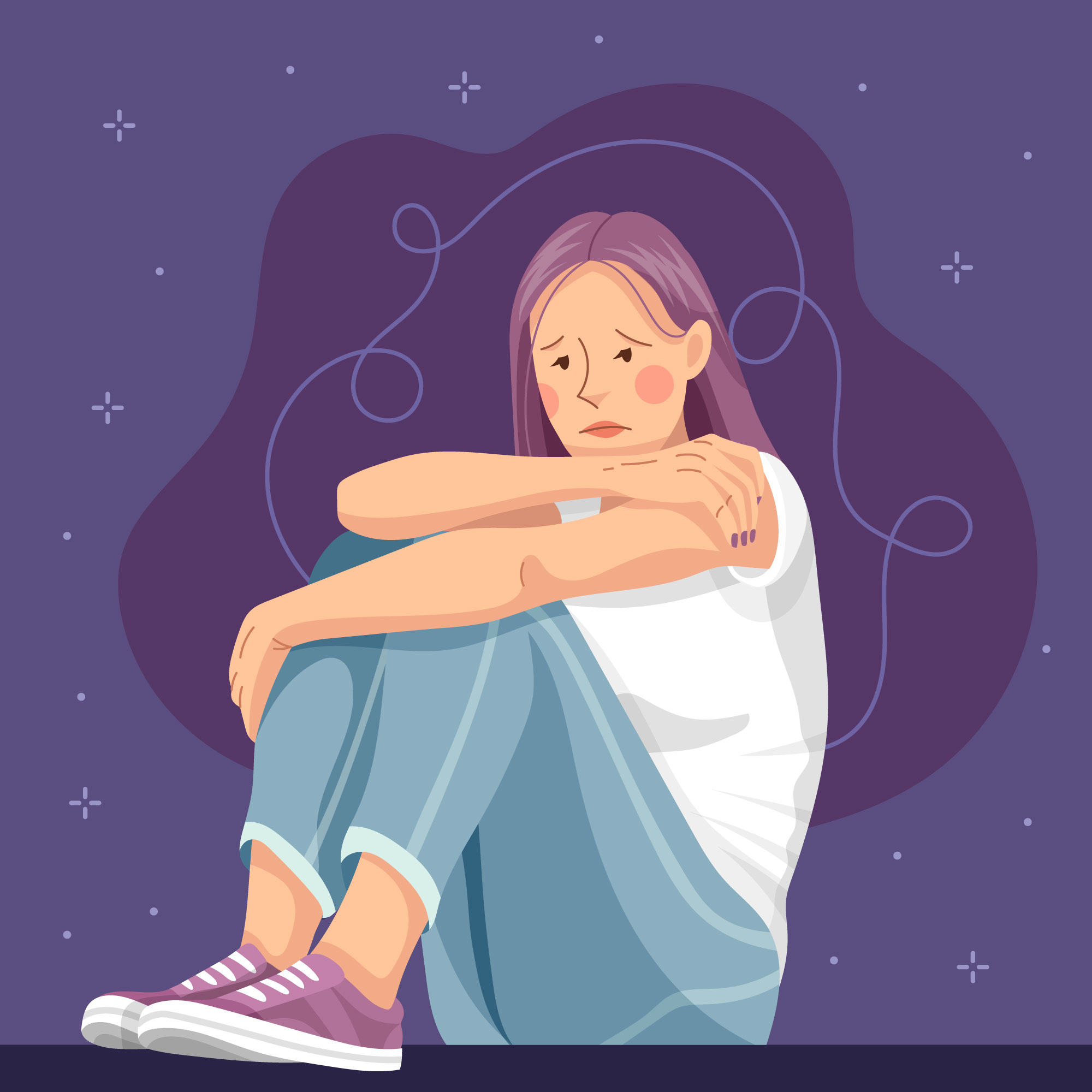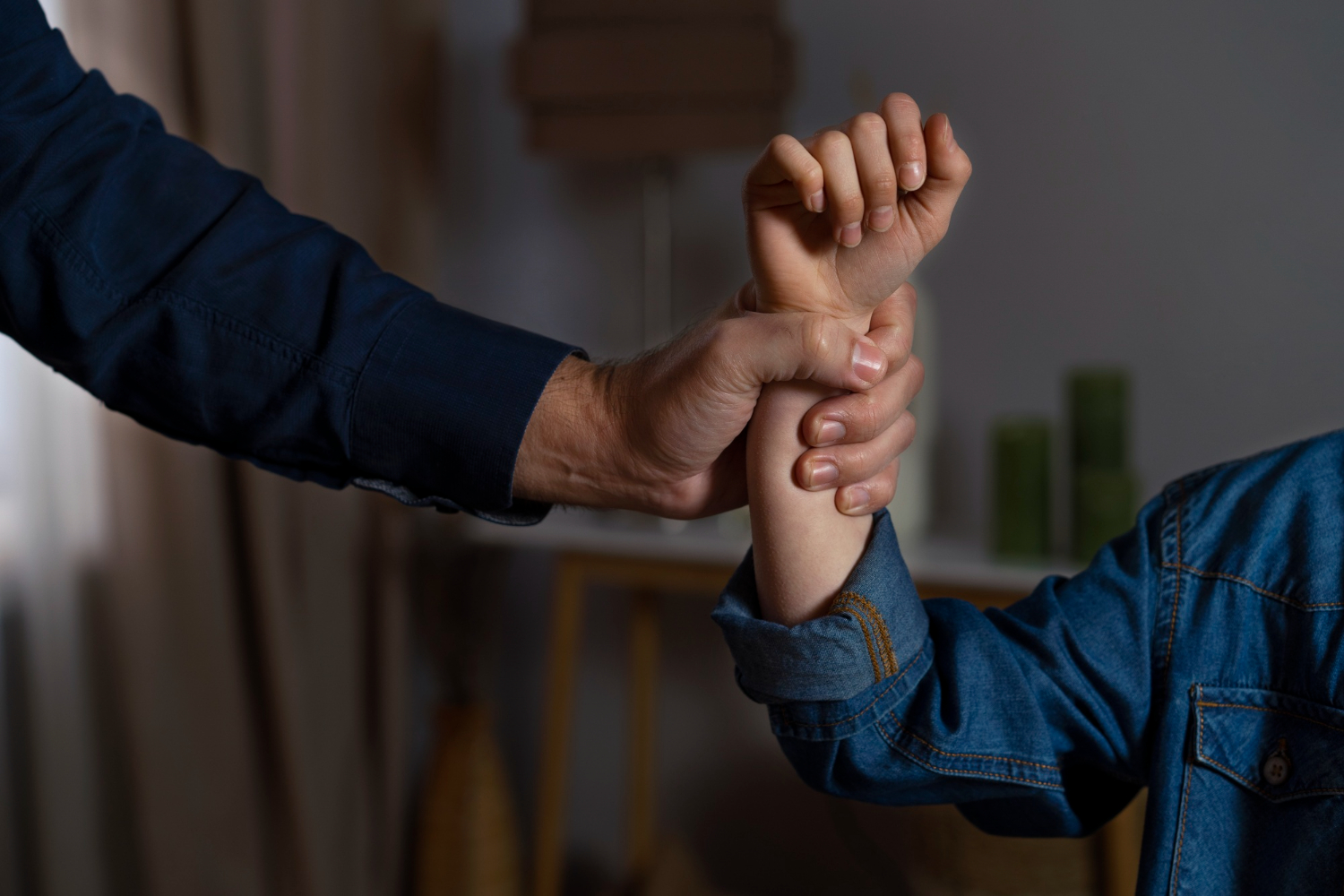For months—perhaps years—I lived as a diminished version of myself, barely able to rise from the couch. My body, once animated by the ceaseless demands of advocacy and care, now resisted even the most basic movements.
I told myself it was depression. I tried to force myself into wellness, cajoling my limbs, willing my heart to care about routines and self-care. When I was diagnosed with diabetes, necessity drove me to exercise and manage my health, but the effort felt Sisyphean—every task a stone rolling back onto my chest.
-
This broke me: a parent’s experience of school advocacy
Parenting is not a monolith. Neither is disability. Every family walks a different path, shaped by bodies, resources, identities, and institutions. This piece reflects one perspective—mine—as a disabled parent navigating systemic harm, health collapse, and the fierce love that remains. It is not…
That’s not depression, it’s institutional harm!
Yet, as I reflect on the months and years when my spirit was so dimmed, a different story emerges. What if it was not simply depression or diabetes, but the slow, cellular corrosion of institutional harm? What if the weight that immobilised me was not a character flaw, but the lived consequence of years spent suppressing my truth, swallowing my voice, and moving through systems designed to gaslight, punish, and contain?
Bandwidth taxation
There is a specific violence to being a parent in institutions that do not care for your child. For a neurodivergent parent—attuned to nuance, forever decoding the threat of non-compliance, forever censoring your own distress—the act of self-silencing accumulates. Each time you soften your voice, each time you edit out your rage, each time you choose strategic quiet over honest testimony, the cost is registered not only in memory, but in muscle and marrow.
Stockholm syndrome
To protect our children, we learn to withhold. We walk on eggshells in IEP meetings, measuring each word for the risk of reprisal. We become experts in self-erasure, believing that our children’s safety and inclusion depends upon our own restraint. Over time, this strategy becomes embodied—a vigilance that is both psychic and somatic, a cancer of unspoken pain that settles into the chest. The harm becomes chronic; the body learns immobility as a survival tactic.
The breaking point
And then, suddenly—almost inexplicably—energy returns. Not because the world has become less hostile, but because the work of bearing witness becomes more urgent than the fear of reprisal. I began, haltingly, to write. I catalogued pain. I named what had been unnameable. I let my memories stand unedited by shame or self-censorship. In doing so, something shifted. The paralysis began to recede, replaced by a flow of energy so boundless it startled me. I found myself working late into the night, writing and organising, driven by an animating sense of purpose that eclipsed the fatigue of chronic illness.
Pure rage poured from my body onto the page, but it wasn’t the ugly cancer growing inside of me, it was a panacea for other folks who had experienced performative accessibility, lipservice, gaslighting, and other narcissistic violence from their school district. People wrote that they had cried their eyes out and felt better, because they weren’t alone. Finally, evidence that it was the world that is fucked up, not them.
Alignment
This a testament to the power of alignment—a recognition that when we finally orient ourselves towards truth, energy often returns. It is the paradox of surviving institutional harm: when we cease to contain our suffering for the comfort of systems, when we begin to speak and write and refuse erasure, the body responds. The chest loosens. Breath returns.
I do not wish to romanticise pain or minimise the ongoing trauma of surviving in a world hostile to neurodivergent families. Many people die in this struggle. The work is hard. The hours are long. But for the first time in years, I no longer feel buried alive by silence. Instead, I am animated by the work of making injustice visible. I am carried forward by the knowledge that bearing witness is a form of healing—not only for myself, but for others whose stories have yet to be spoken.
There is no single answer to the question of energy and exhaustion. Bodies remember, and bodies resist. But perhaps the most profound shifts occur not through discipline or force, but through the radical act of truth-telling. In naming institutional harm, we reclaim not only our voice, but our capacity for action, imagination, and hope.
-
The path to justice: legal versus public record
The courts may offer compensation, but rarely truth. The legal path demands silence in exchange for settlement. The public path asks you to speak while you’re still bleeding. Neither is easy. But only one builds a record that helps the next family survive.









